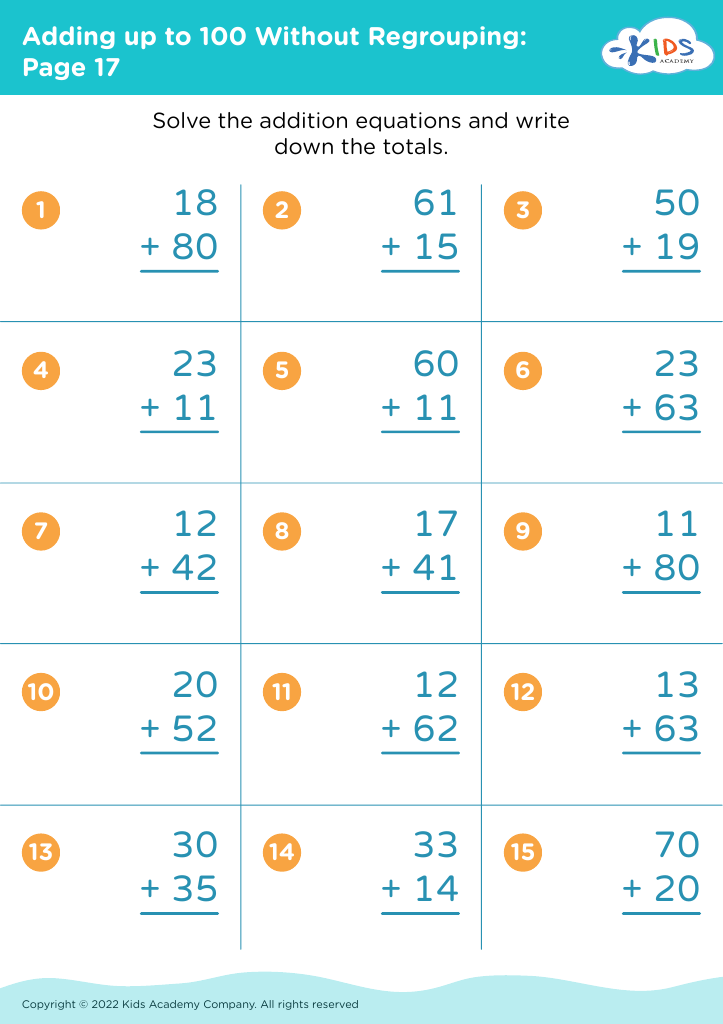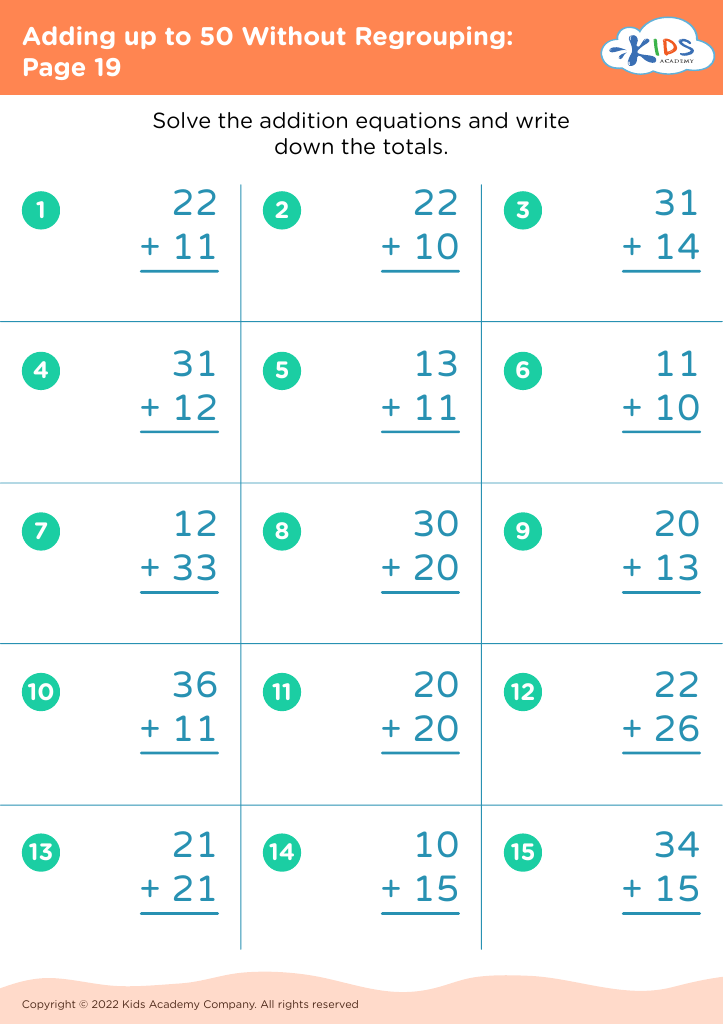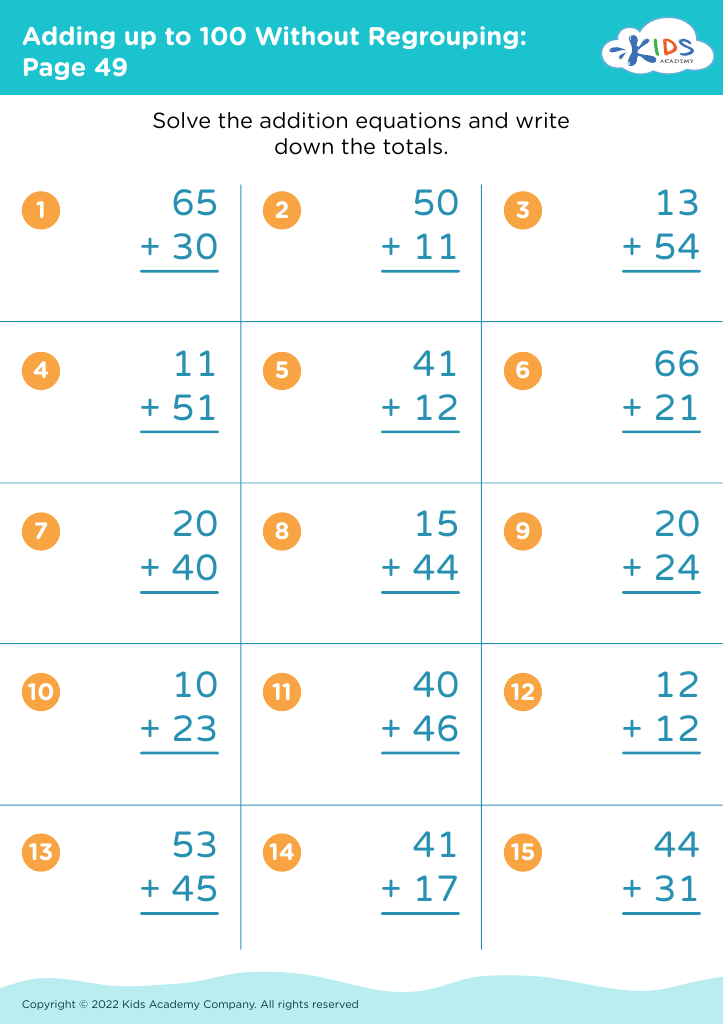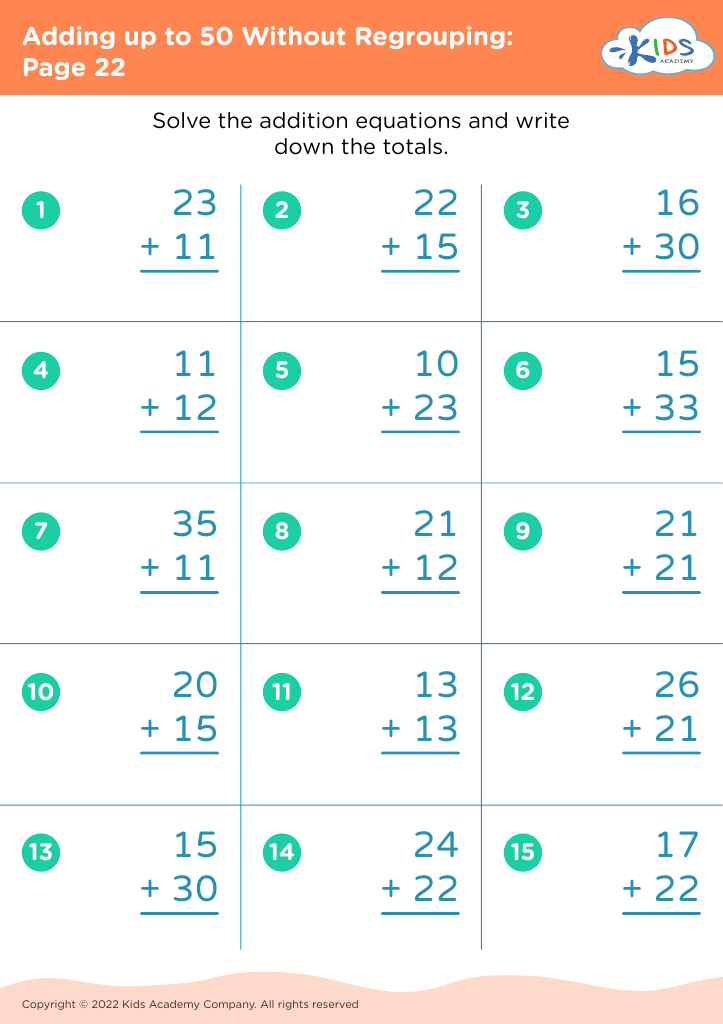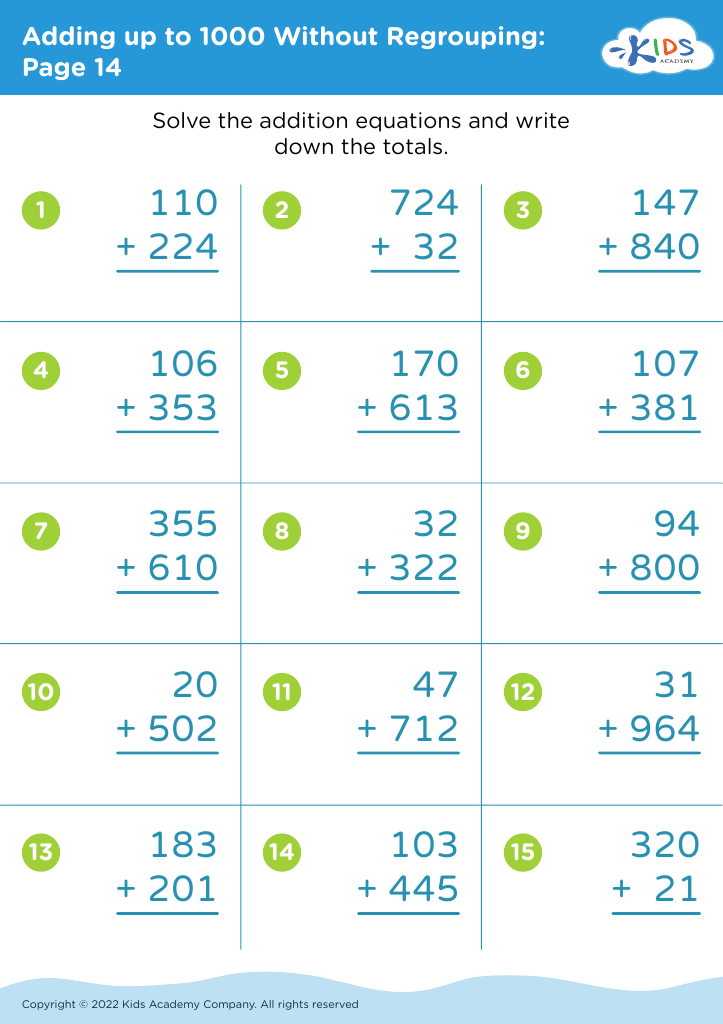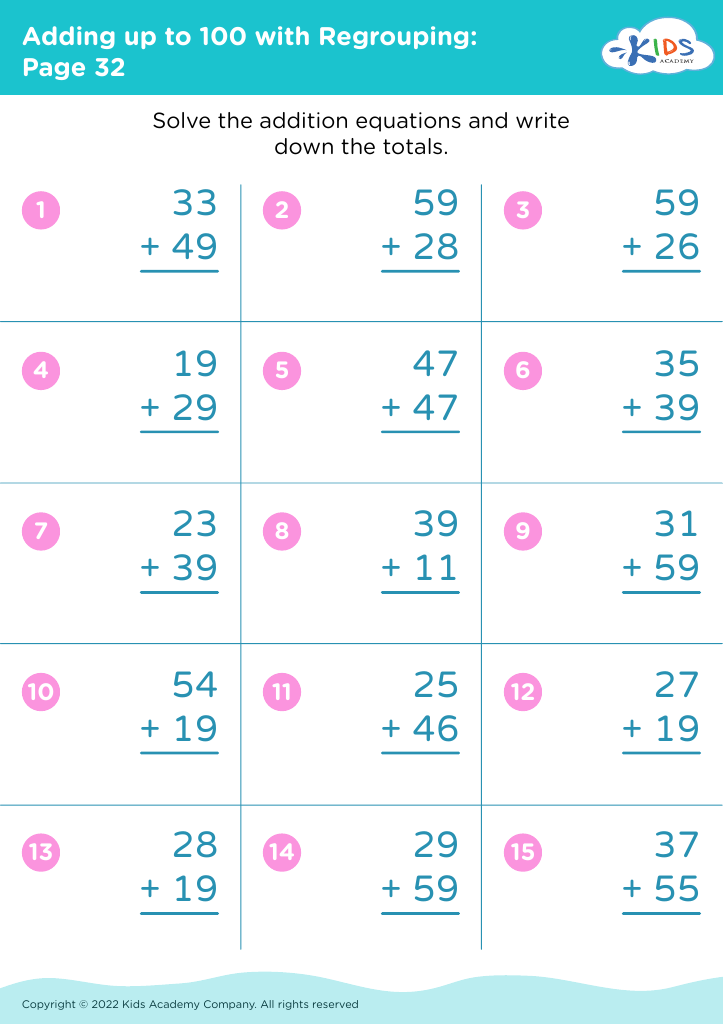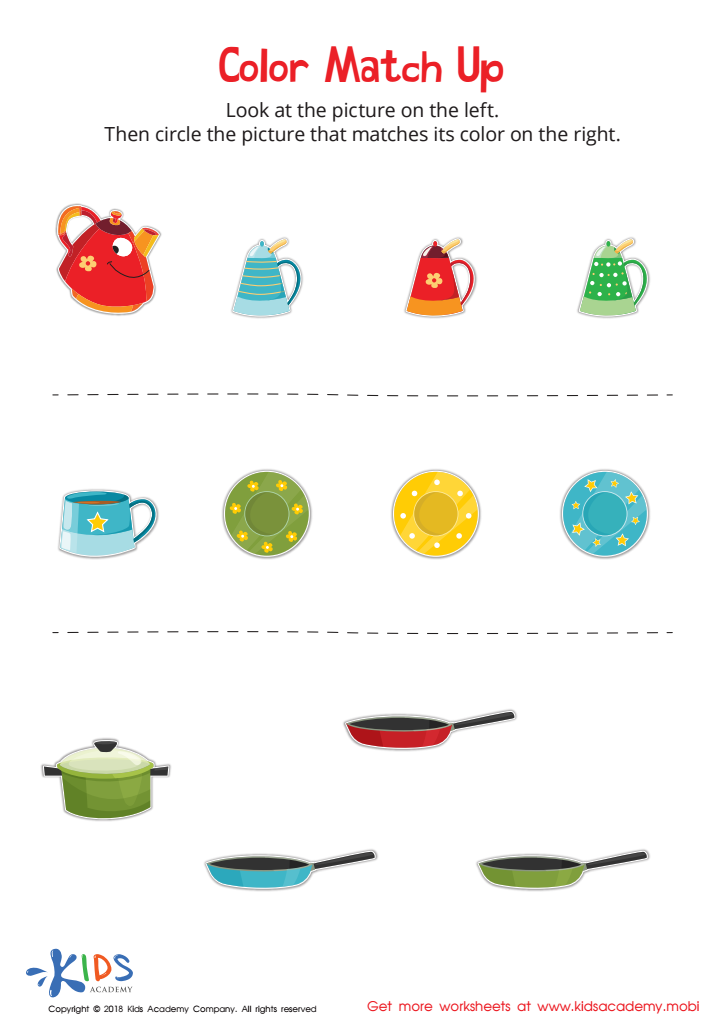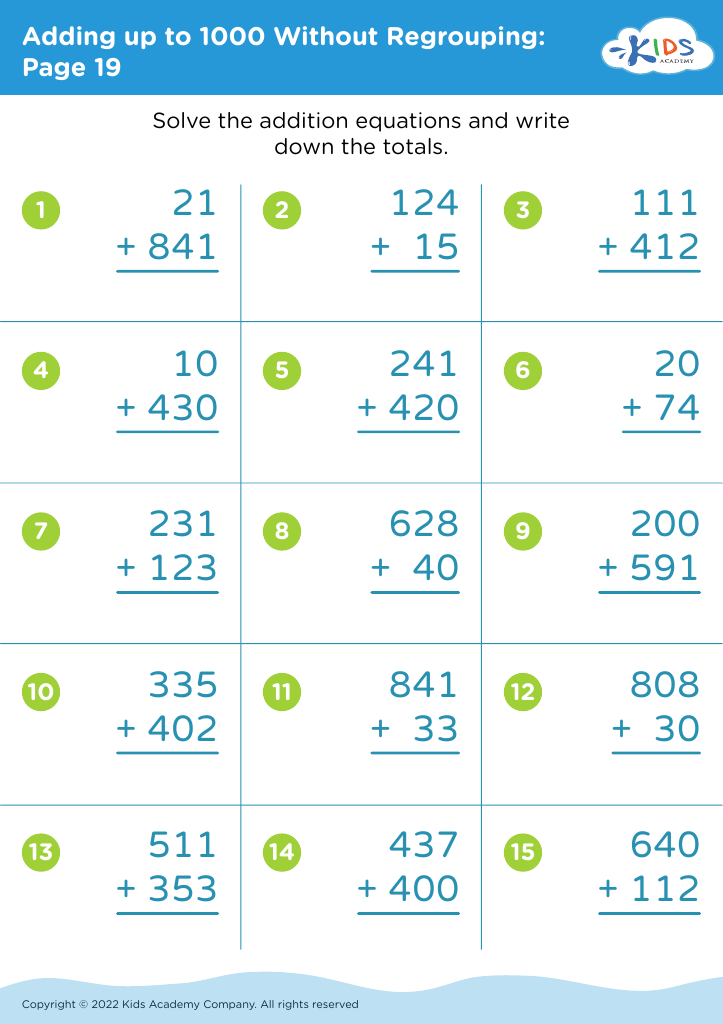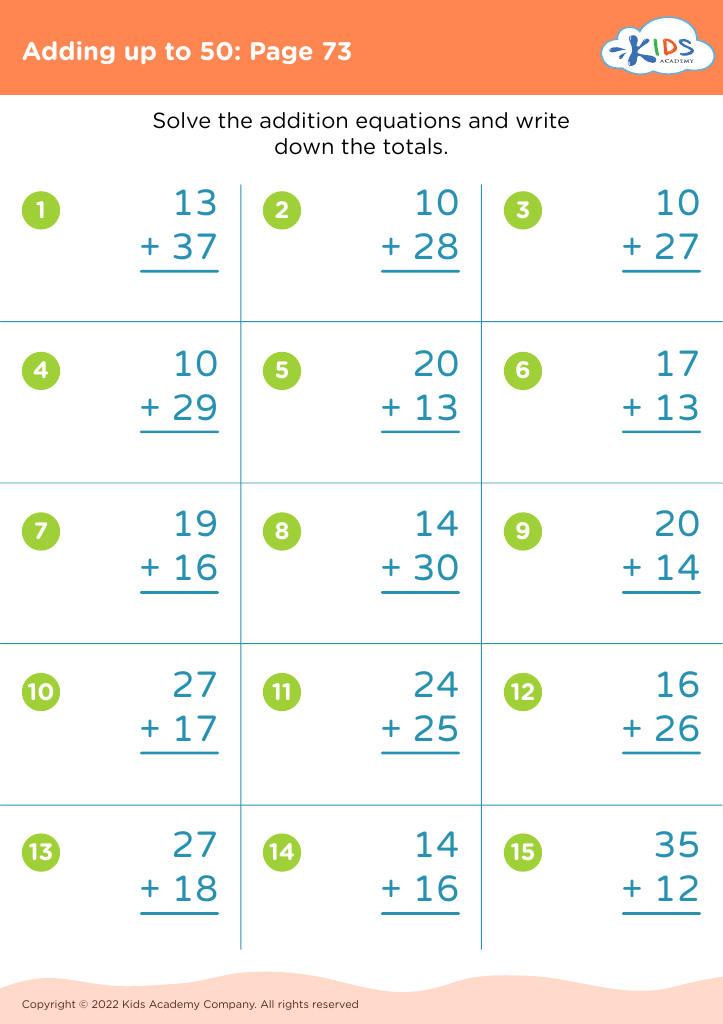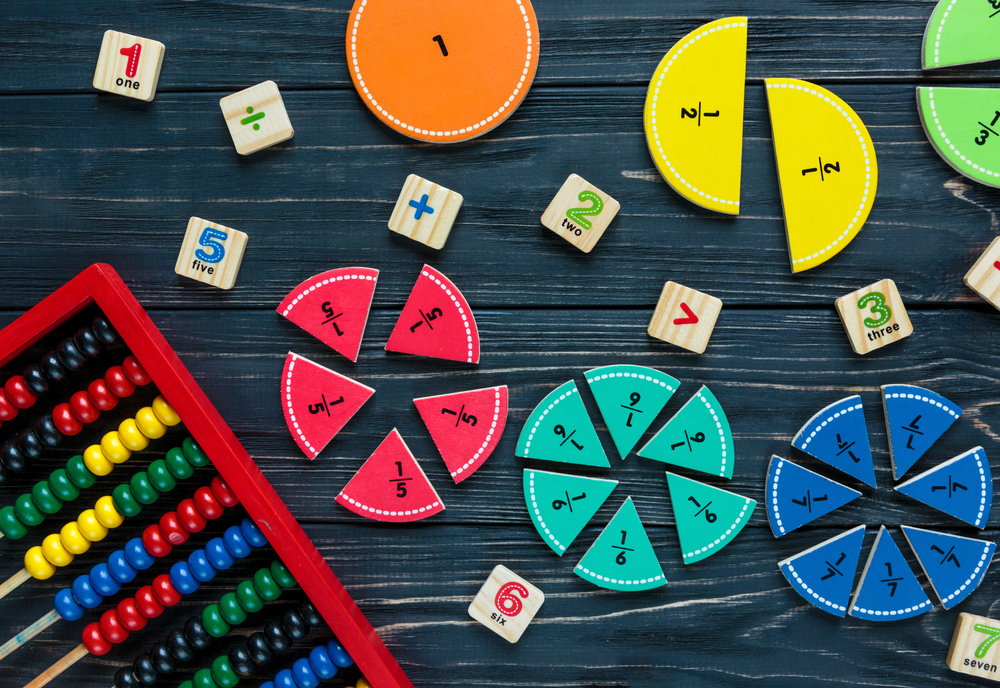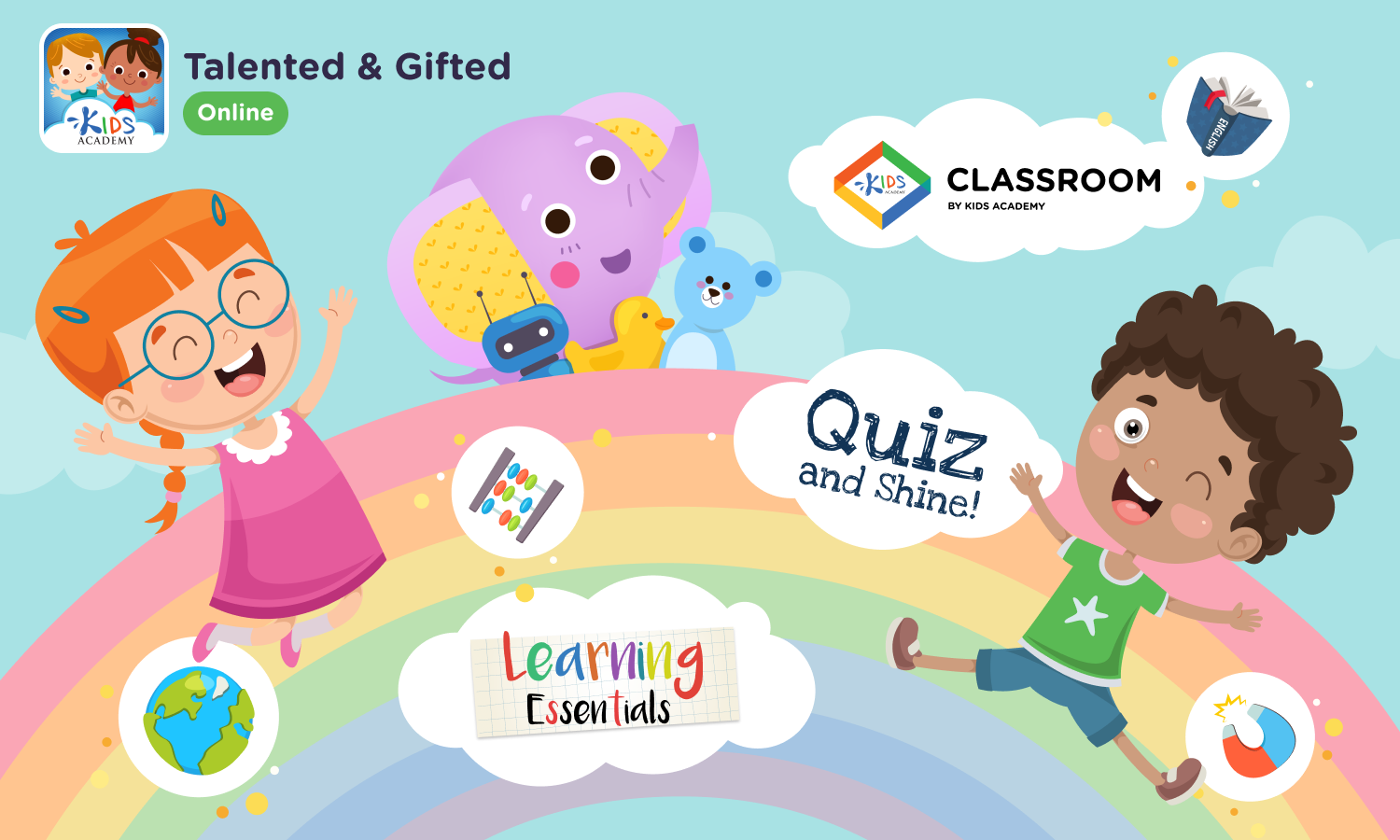Color recognition Math Worksheets for Ages 6-8
33 filtered results
-
From - To
Enhance your child's learning experience with our Color Recognition Math Worksheets designed for ages 6-8! These engaging worksheets merge the fun of color exploration with essential math skills. Children will work on identifying and matching colors while solving math problems, fostering both their creativity and numerical proficiency. Our carefully curated activities help in reinforcing concepts like counting, addition, and subtraction, all through colorful and stimulating visuals. Perfect for homeschooling or classroom use, these printable worksheets encourage independent learning and critical thinking. Give your child the tools they need to succeed in math while having fun with colors! Download your worksheets today!
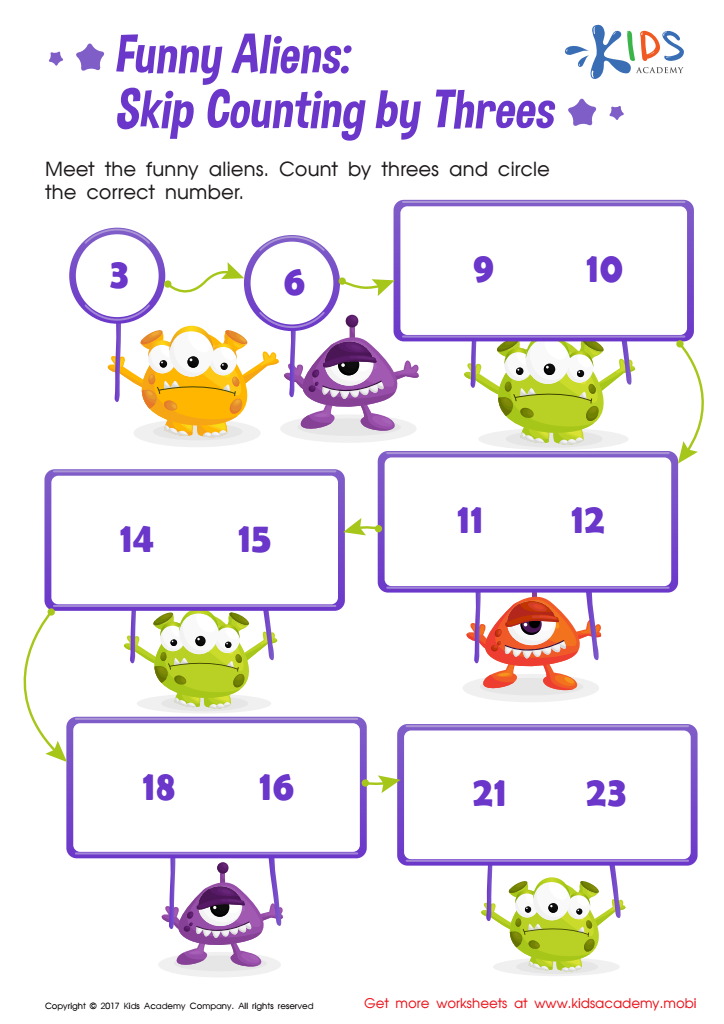

Skip Counting by 3s: Funny Aliens Printable
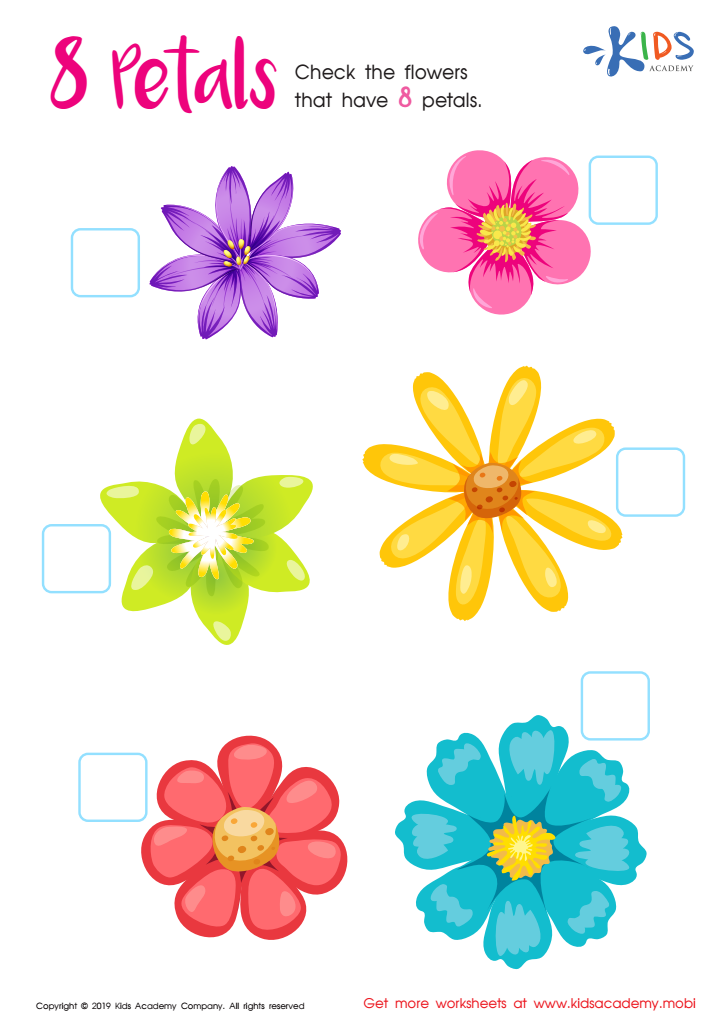

8 Petals Worksheet
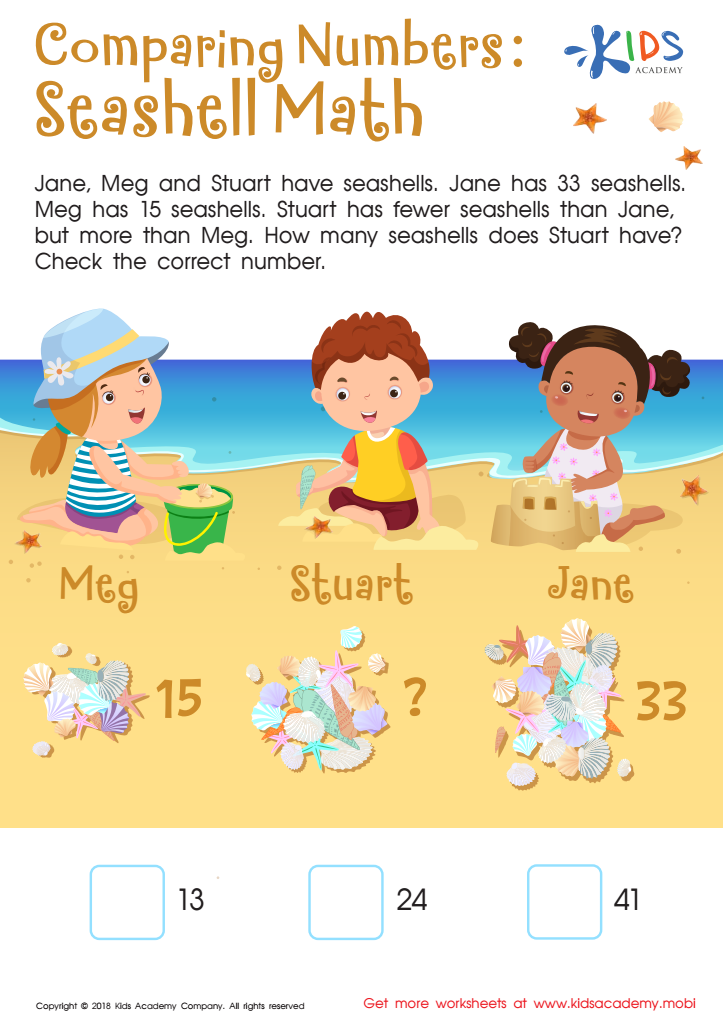

Seashell Collectors Worksheet
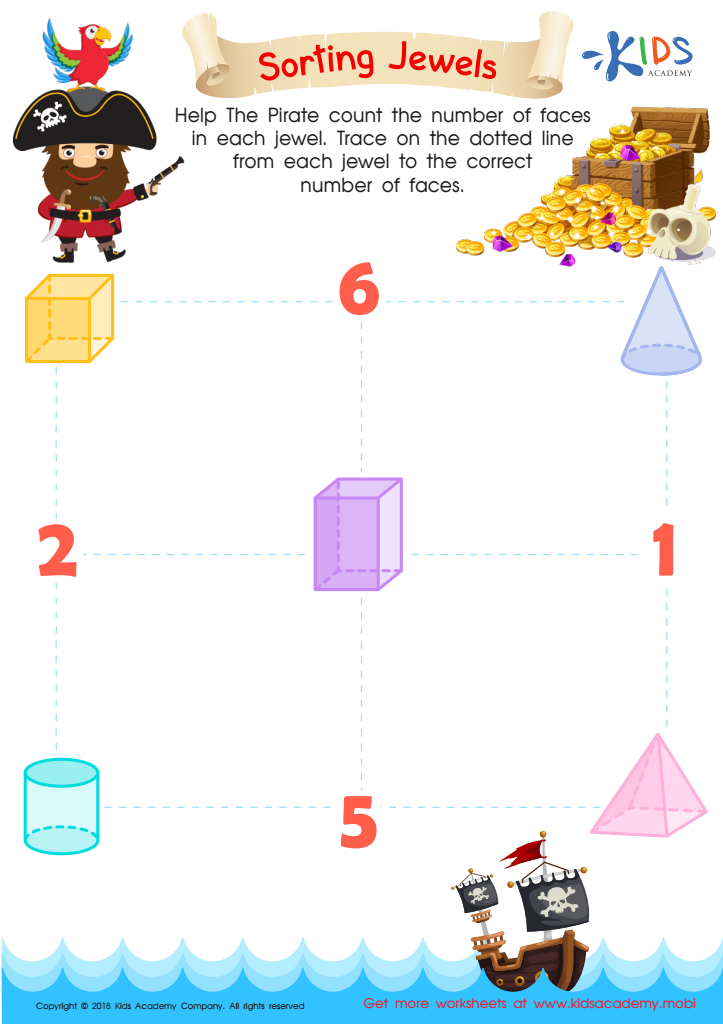

Sorting Jewels Worksheet
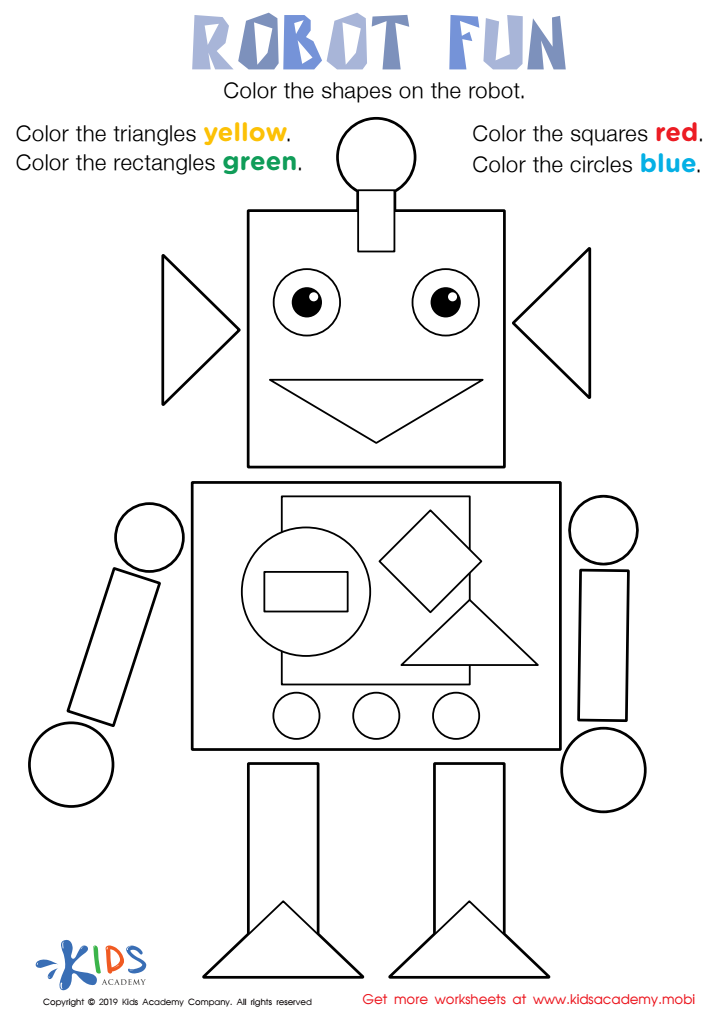

Robot Fun Worksheet


Fruity Array Quest Worksheet
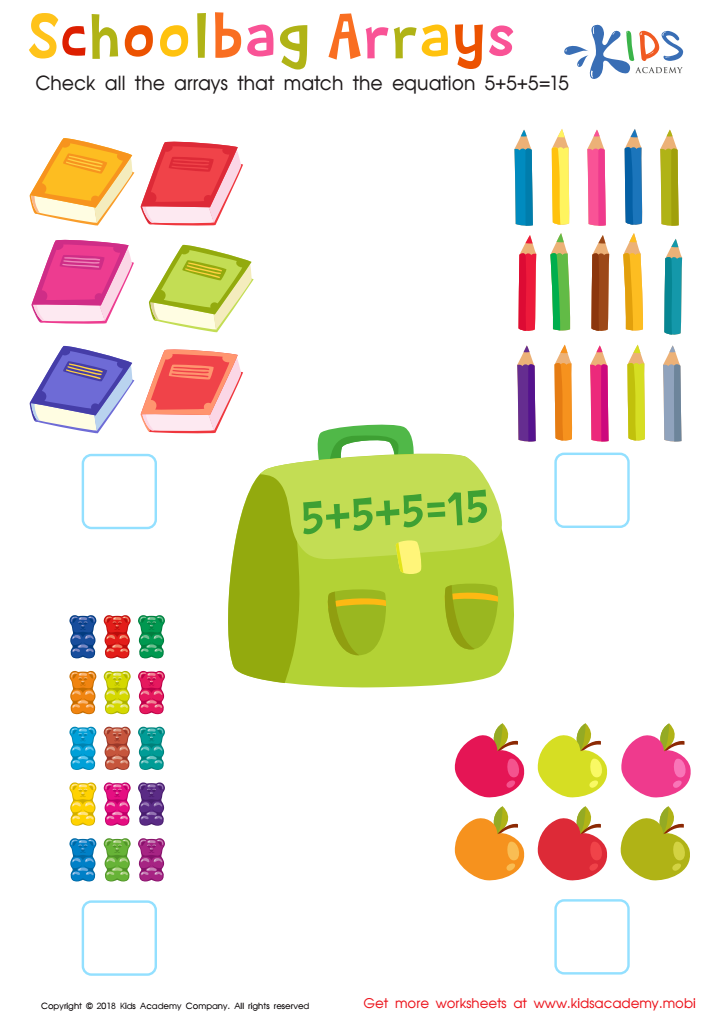

Schoolbag Arrays Worksheet


Party Arrays Worksheet
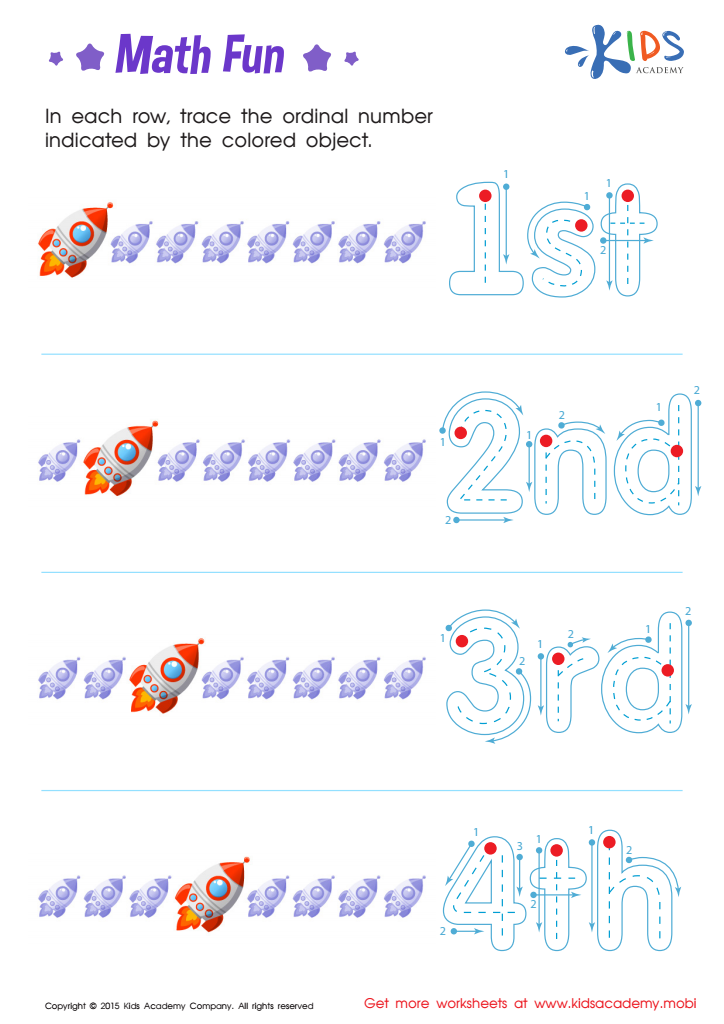

Ordinal Numbers: Math Fun Worksheet
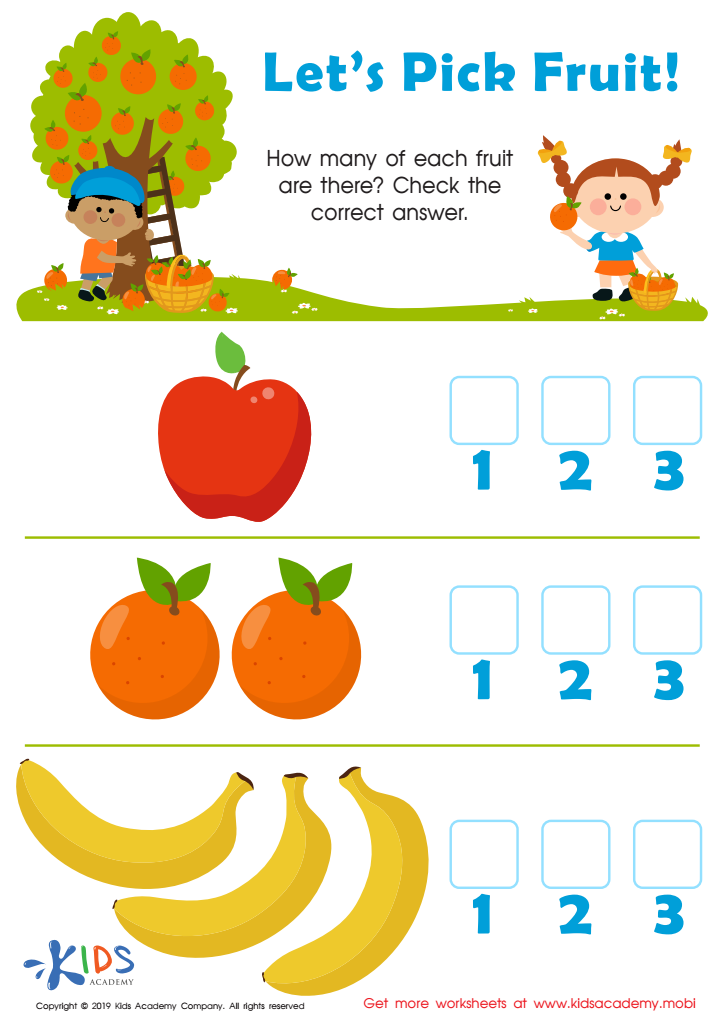

Let's Pick Fruit Worksheet
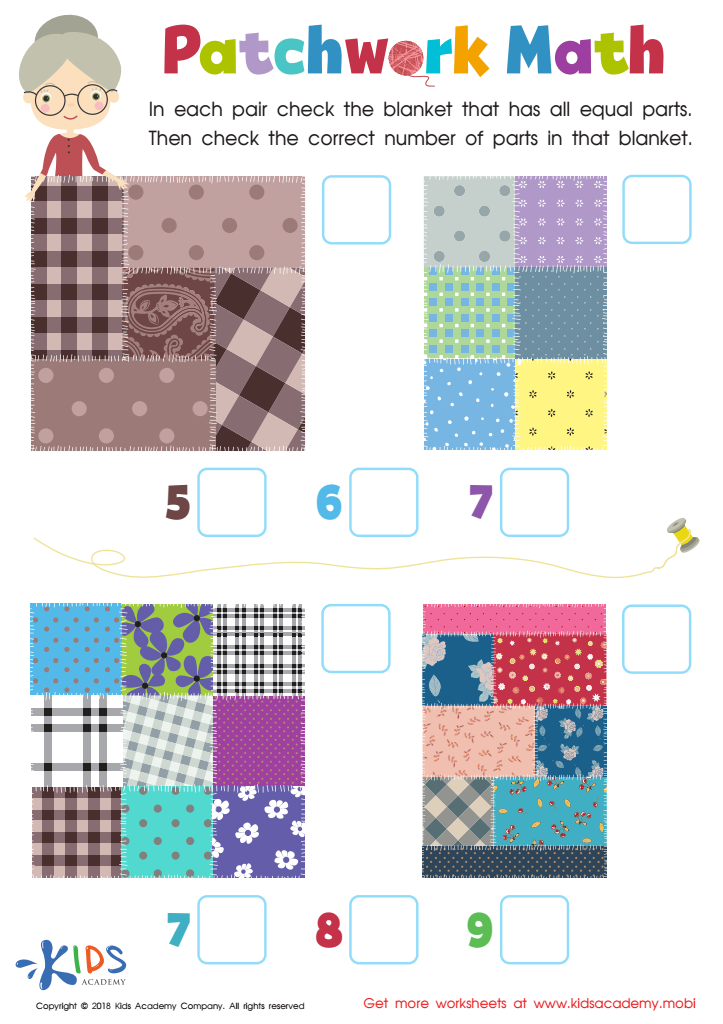

Patchwork Math Worksheet
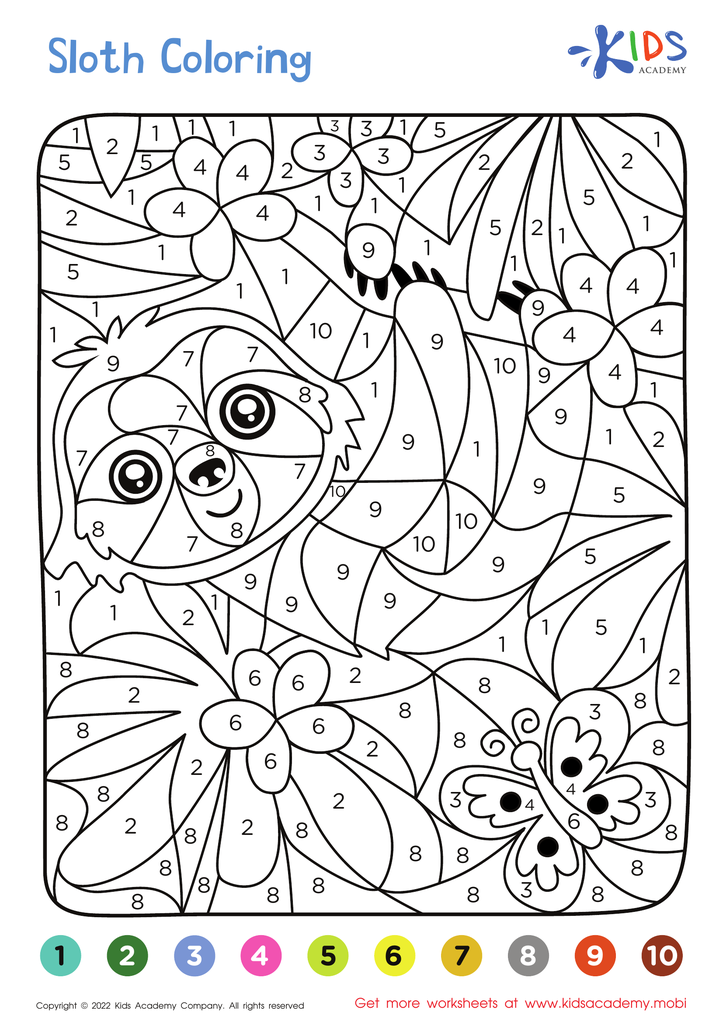

Sloth – Coloring by Numbers


Shapes Worksheet
Color recognition and mathematical concepts go hand in hand for children aged 6-8, making both important areas for parents and teachers to focus on. First, color recognition plays a vital role in cognitive development; children learn to categorize and differentiate objects, which lays the groundwork for critical thinking. Associating colors with objects helps reinforce memory and retrieval skills, which are essential in mathematics where visual discrimination is often required.
Moreover, incorporating colors into math activities makes learning more engaging and supports various learning styles. For example, color-coding math problems or using colored manipulatives can help children visualize quantity and patterns, enabling them to grasp abstract concepts more effectively. This multi-sensory approach fosters deeper understanding and retention.
Furthermore, recognizing colors can enhance language development by expanding vocabulary as children learn to describe how objects differ. As such, engaging kids with color-enriched math tasks promotes not only basic arithmetic skills but also supports emotional and social growth through collaborative learning experiences.
Ultimately, acknowledging the intersection of color recognition and math allows parents and teachers to create a more enriched, enjoyable learning environment, cultivating a love for learning during these formative years. Building these foundational skills will serve children well beyond early education.
 Assign to My Students
Assign to My Students

